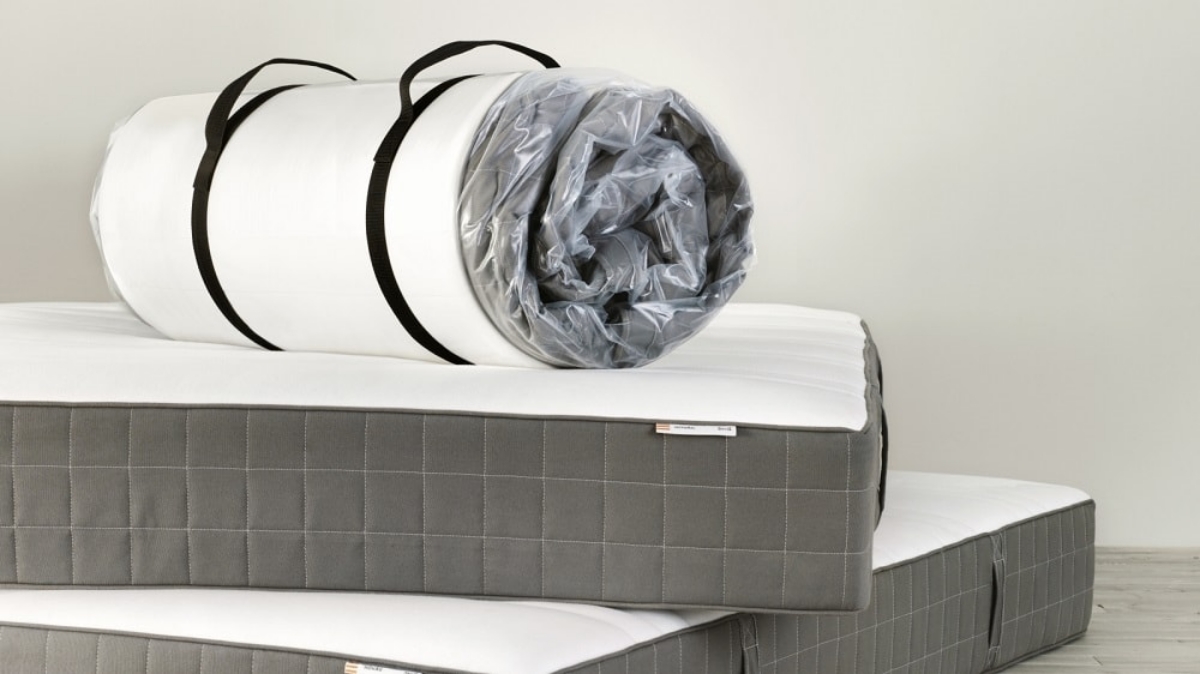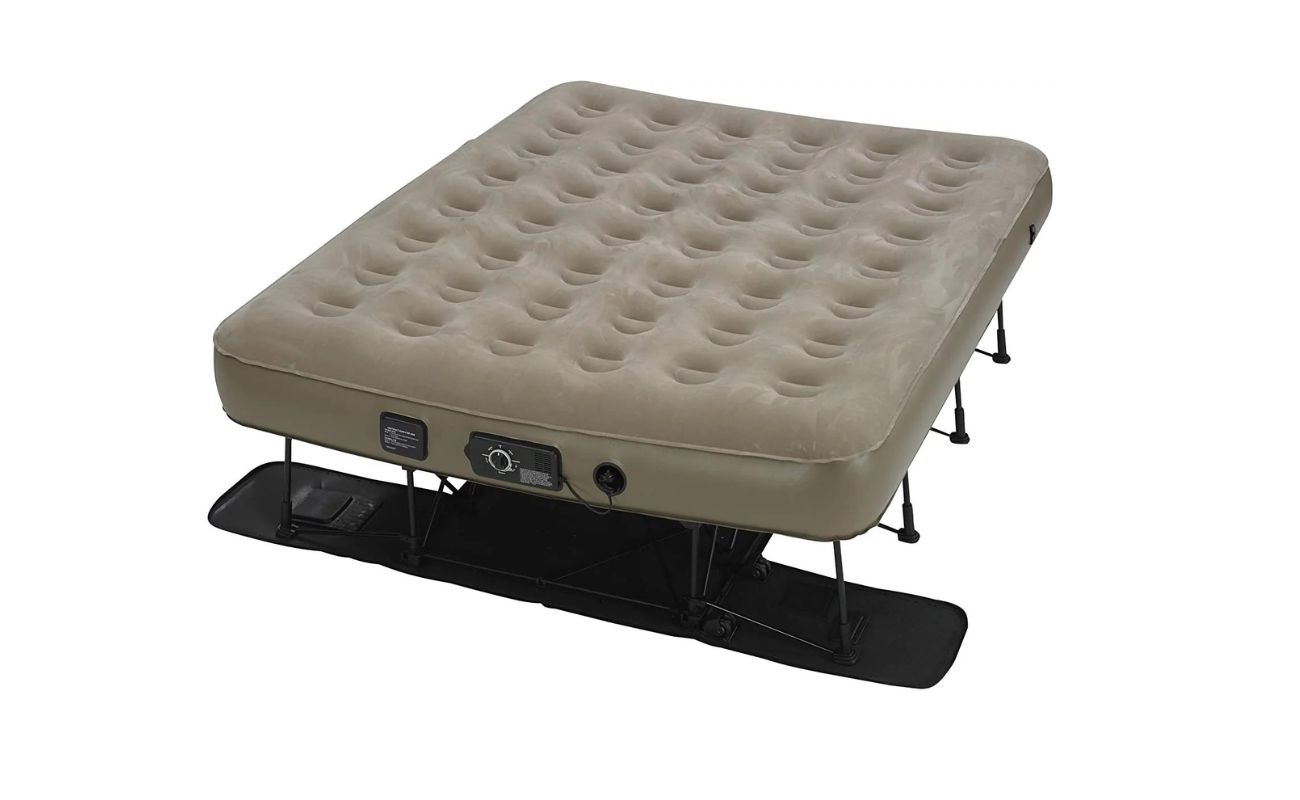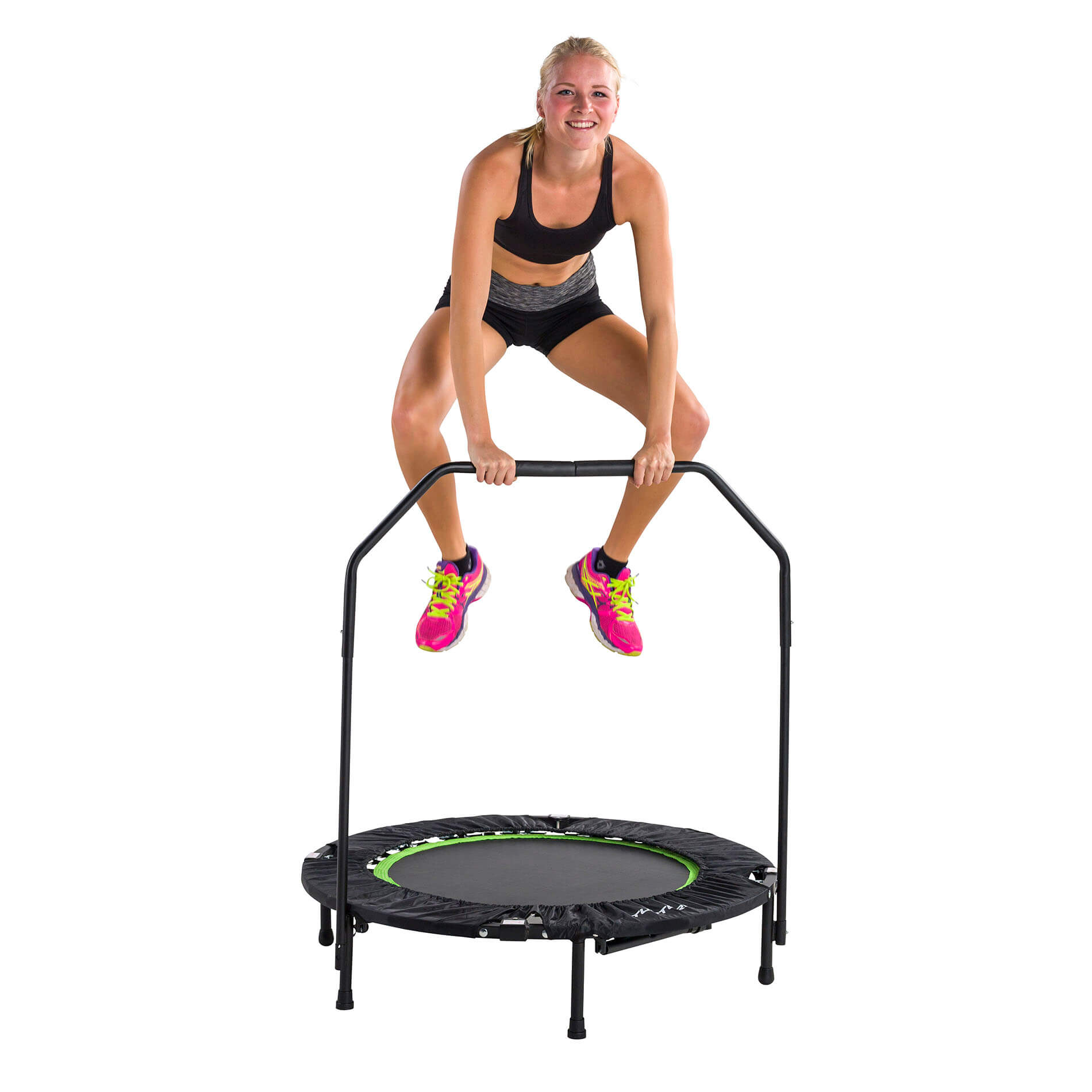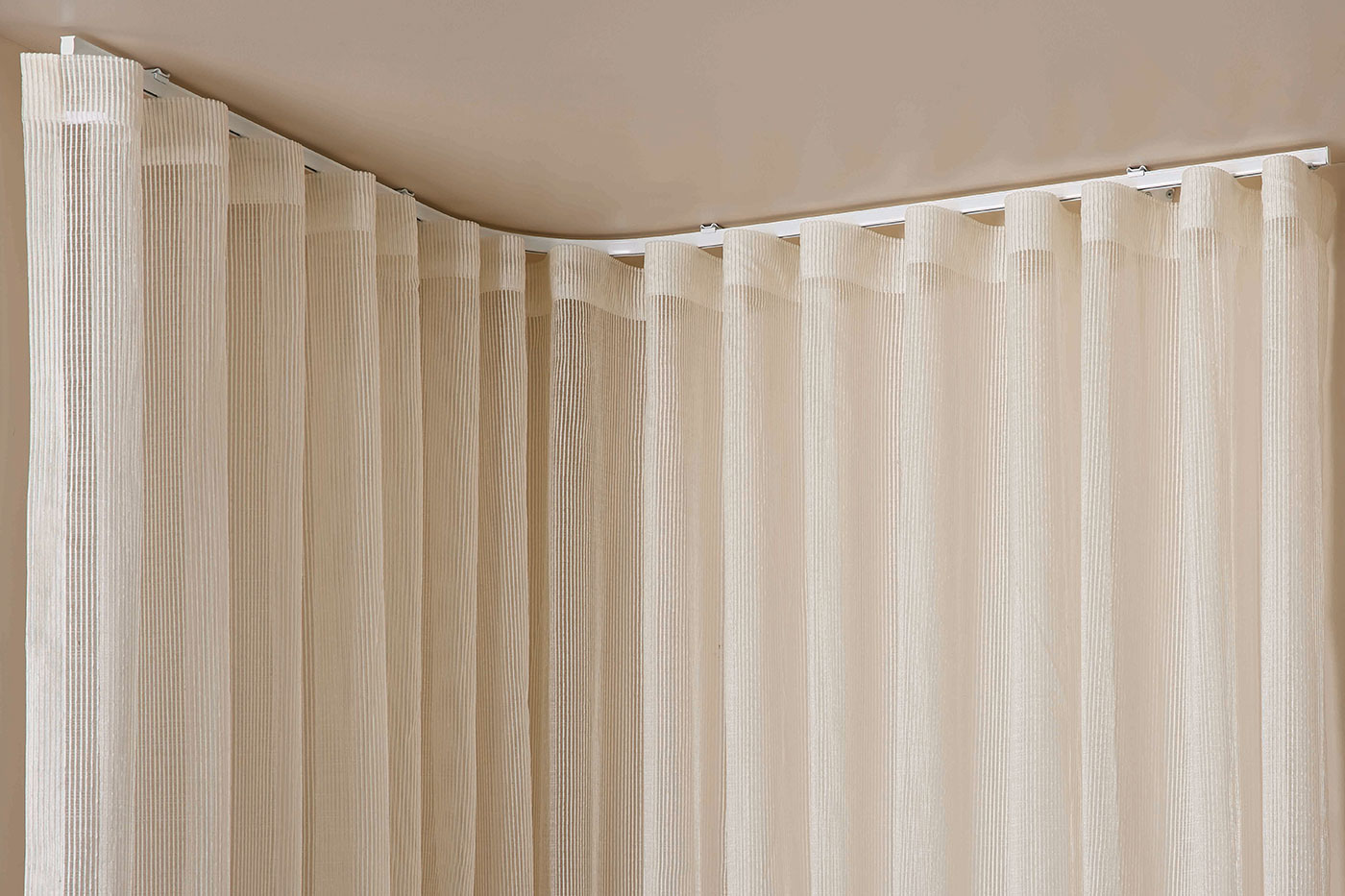Home>Furniture>Bedroom Furniture>How To Fold A Mattress


Bedroom Furniture
How To Fold A Mattress
Modified: January 9, 2024
Learn the best techniques on how to fold a mattress easily and efficiently. Transform your bedroom furniture with this handy guide.
(Many of the links in this article redirect to a specific reviewed product. Your purchase of these products through affiliate links helps to generate commission for Storables.com, at no extra cost. Learn more)
Introduction
When it comes to managing limited space or moving furniture, knowing how to fold a mattress can be a game-changer. Whether you’re downsizing your living arrangements or need to store a spare mattress, properly folding and storing it can save precious space and preserve its quality in the long run. In this guide, we’ll walk you through the steps of folding a mattress with ease and efficiency.
Before we jump into the process, keep in mind that not all mattresses are equally foldable. Traditional spring mattresses are bulkier and less flexible compared to foam or hybrid mattresses. Hence, while folding a foam or hybrid mattress is relatively straightforward, it may be more challenging with a spring mattress due to its construction. If you have a spring mattress, it’s best to consult the manufacturer’s guidelines or seek professional advice to ensure you don’t damage it.
Now that we’ve established the importance of considering your mattress type, let’s dive into the step-by-step process of folding a mattress.
Key Takeaways:
- Efficiently fold and store your mattress to save space and preserve its quality. Clear the area, remove bedding, fold in half, secure, and store in a dry, clean space for longevity.
- Properly folding a mattress is crucial for space-saving and easy transportation. Follow the step-by-step guide to ensure your mattress remains in excellent condition for future use.
Read more: How To Fold A Mattress Topper
Step 1: Clear the Area
Before you begin folding your mattress, it’s crucial to clear the surrounding area to create enough space to work comfortably. Remove any furniture, objects, or obstacles that might hinder your movement. A clear and spacious area will make it easier for you to maneuver the mattress and prevent any accidents or damages.
If you’re folding the mattress in a room, consider moving it to an open space that allows for better maneuverability. Alternatively, if you’re folding the mattress for storage purposes, ensure that the storage area is clean and free from any moisture or potential hazards.
To further ensure the safety of your mattress, it’s a good idea to lay a protective barrier, such as a soft sheet or tarp, on the floor before proceeding with the folding process. This will help prevent any dirt or debris from entering the mattress and keep it clean and hygienic.
By taking the time to clear the area and protect your mattress, you’ll not only make the folding process easier but also ensure the longevity and cleanliness of your mattress.
Step 2: Remove any Bedding or Covers
Before you begin folding your mattress, it’s crucial to remove any bedding or covers that may be on it. This includes sheets, mattress protectors, mattress toppers, and any other items that are not permanently attached to the mattress.
By removing the bedding and covers, you’ll have a better grip on the mattress and minimize any potential damage or tearing that could occur during the folding process. Additionally, this step allows you to inspect and clean the mattress, ensuring that it’s in good condition before folding and storing it.
Once you’ve removed all the bedding and covers, take a moment to inspect the mattress for any stains or spills. If you notice any, gently clean them using a mixture of mild soap and water. Avoid using harsh chemicals or abrasive cleaners, as they can damage the fabric or materials of the mattress.
Allow the mattress to air dry completely before proceeding to the next step. This will prevent any moisture from getting trapped inside the mattress, which can lead to mold or mildew growth.
By removing bedding and covers and spot-cleaning the mattress, you’ll ensure that your mattress stays fresh and in good condition for future use.
Step 3: Fold the Mattress in Half
Now that you’ve cleared the area and removed any bedding or covers, it’s time to start folding the mattress. Begin by standing at one end of the mattress and hold it firmly so that it doesn’t slide or slip out of your grip.
Gently lift the mattress off the ground, making sure to distribute the weight evenly to avoid straining your back. Slowly fold the mattress in half, bringing one end towards the other. Be careful not to bend the mattress at an angle, as this can damage the internal structure and compromise its integrity.
As you fold the mattress, try to maintain a smooth and even fold, ensuring that both ends meet at the center. If you encounter any resistance or the mattress feels too bulky to fold, double-check that you’ve removed all bedding and covers and that there are no obstructions or loose items inside.
Once the mattress is folded in half, gently press down on the folded edges to flatten it. This will help create a more compact and manageable shape for the next step.
If you’re folding a larger mattress, it may be helpful to have an extra set of hands to assist you in holding and maneuvering it. This will ensure that the fold is done properly and minimize any strain or potential damage.
Take your time during this step and be mindful of the mattress’s size and weight. By folding your mattress in half, you’re already making significant progress towards creating a more space-efficient storage or transportation solution.
When folding a mattress, make sure to use a mattress bag or cover to protect it from dirt and damage. This will help maintain the mattress’s shape and cleanliness during storage or transportation.
Step 4: Fold the Mattress in Half Again
Now that you’ve successfully folded the mattress in half, it’s time to further compact it by folding it in half again. This step will make the mattress even more manageable and save valuable space.
Start by gripping the folded mattress firmly, ensuring it doesn’t unfold or slip from your grasp. Carefully lift the folded mattress off the ground, making sure to distribute the weight evenly to avoid straining your back.
Next, fold the mattress in half again by bringing the opposite end towards the already folded section. Aim to align the edges as closely as possible to maintain a neat and compact fold. Ensure there are no loose areas or gaps in the fold, as this can cause instability or damage when storing or transporting the mattress.
As with the previous step, it’s important to press down gently on the folded edges to ensure they stay in place and create a more compact shape. Take your time during this process to ensure a proper and secure fold.
If you’re finding it challenging to fold the mattress in half again, check for any obstructions or loose items stuck within the folds. Removing these obstructions will make the folding process smoother and prevent any damage to the mattress.
By folding the mattress in half again, you’re significantly reducing its overall size and making it easier to handle, store, or transport to a new location.
Read more: How To Fold An Air Mattress
Step 5: Secure the Folded Mattress with Straps or Duct Tape
After successfully folding the mattress, it’s important to secure it to maintain its compact shape and prevent it from unfolding during storage or transportation. There are several methods you can use to secure the folded mattress, such as using straps or duct tape.
Option 1: Straps – Using straps specifically designed for securing mattresses is a reliable and efficient option. Place the straps around the folded mattress, ensuring they are tight enough to hold the mattress securely in place. Make sure not to overtighten the straps, as this can damage the mattress or cause unnecessary strain on the material.
Option 2: Duct Tape – If you don’t have access to mattress straps, duct tape can be a suitable alternative. Begin by wrapping the folded mattress in alternating layers of duct tape horizontally and vertically. This will create a tight and secure hold. Make sure to cover the entire folded area with tape to prevent any loose edges from unraveling.
Regardless of the method you choose, it’s essential to avoid applying excessive pressure or force on the mattress. The goal is to secure it firmly without causing any damage. Additionally, be aware of the type of adhesive used in duct tape, as some may leave residue or marks on the mattress surface.
By securely fastening the folded mattress with straps or duct tape, you’ll ensure that it stays in place and maintains its compact form during storage or transportation.
Step 6: Store the Folded Mattress in a Dry and Clean Space
Once you have successfully folded and secured the mattress, it’s time to find an appropriate storage area. It’s essential to choose a dry and clean space to preserve the mattress’s quality and protect it from moisture, dust, and potential damage.
Here are some important considerations for storing your folded mattress:
- Select a Climate-Controlled Environment: Opt for a storage area that maintains a consistent temperature and humidity level. Fluctuations in temperature and excess moisture can lead to mold, mildew, and odor buildup, damaging the mattress over time.
- Keep it Elevated: Place the folded mattress on a raised surface, such as pallets or wooden boards, to prevent it from touching the floor. This helps to keep the mattress dry and prevents any potential damage from pests or moisture.
- Protective Cover: Consider using a breathable mattress cover or a plastic storage bag designed for mattresses to provide an extra layer of protection against dust, dirt, and critters. Make sure the cover is properly secured to keep out any contaminants.
- Avoid Excessive Weight: Avoid placing heavy items on top of the folded mattress, as this can cause compression and damage to the mattress’s structure.
- Accessible Location: If you anticipate needing the mattress in the near future, choose a storage location that allows for easy access. This will save you the hassle of moving other items to retrieve the mattress when you need it.
Remember to periodically check on the mattress while it’s in storage to ensure its condition and address any concerns promptly.
By storing your folded mattress in a dry and clean space, you’ll protect it from potential damage and ensure its usability and longevity for future use.
Conclusion
Learning how to fold a mattress properly can be incredibly beneficial, whether you’re looking to save space, move furniture more easily, or store a spare mattress. By following the step-by-step guide outlined in this article, you can confidently fold your mattress and ensure its longevity.
Remember the key steps:
- Clear the area to create space for folding the mattress.
- Remove any bedding or covers to prepare the mattress for folding.
- Fold the mattress in half, ensuring a smooth and even fold.
- Fold the mattress in half again, creating a compact shape.
- Secure the folded mattress with straps or duct tape to prevent it from unfolding.
- Store the folded mattress in a dry and clean space to protect it.
By following these steps, you’ll ensure that your mattress remains in excellent condition, whether it’s stored away or being prepared for transportation. Remember to always take care when handling the mattress, and if you have a spring mattress, be sure to consult the manufacturer’s guidelines for folding and storage recommendations.
Now that you have the knowledge and techniques to fold a mattress like a pro, you can make the most of your space and furniture arrangements without compromising on comfort or quality.
So go ahead and embrace the concept of efficient storage and hassle-free moving by utilizing the skills you’ve learned. Happy folding!
Frequently Asked Questions about How To Fold A Mattress
Was this page helpful?
At Storables.com, we guarantee accurate and reliable information. Our content, validated by Expert Board Contributors, is crafted following stringent Editorial Policies. We're committed to providing you with well-researched, expert-backed insights for all your informational needs.














